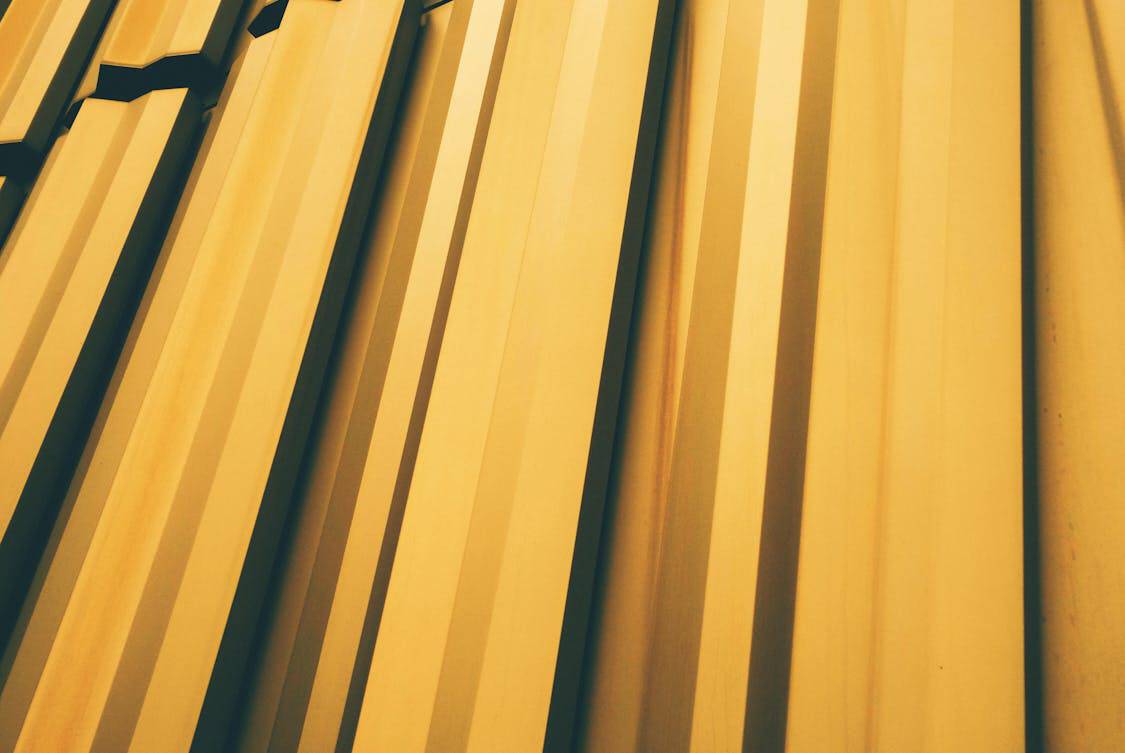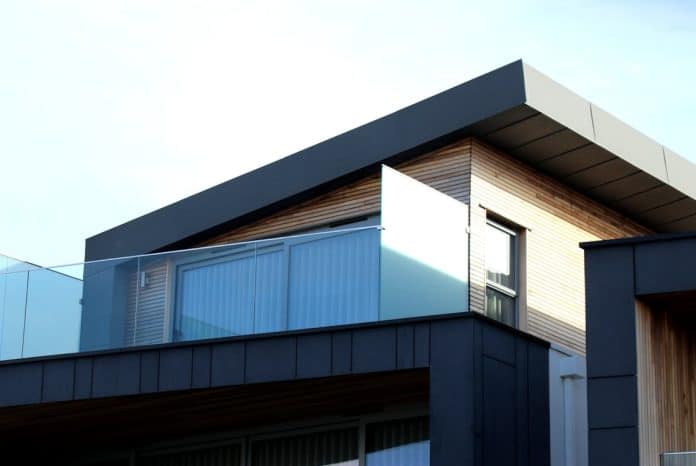Metal roofing has gained popularity for its durability and modern aesthetic. Homeowners looking to enhance their residences might find this option particularly appealing, especially for low-slope roofs.
These roofs, typically sloped at less than 3:12, present unique challenges and opportunities during installation. This guide will cover essential aspects to keep in mind when installing metal roofing on these structures.
Understanding Low-Slope Roofs
Low-slope roofs offer a distinct profile compared to their steeper counterparts. With minimal pitch, water drainage can become limited, leading to potential pooling if not properly addressed.
This characteristic makes choosing the right roofing material critical. Metal roofing is often favored for its resistance to leaks and longevity, provided it is installed correctly.
Roof Types and Their Features
Low-slope roofs come in various designs, including shed, flat, and butterfly roofs. Each type has its own advantages and drawbacks.
For instance, a flat roof may provide additional living space but can be harder to maintain and might collect water. Understanding the specific type of low-slope roof helps in selecting the appropriate metal roofing system and installation method.
Selecting the Right Metal Roofing Material
When it comes to metal roofing, several materials are available, including steel, aluminum, copper, and zinc. Each one has unique properties and price points.
Steel, for example, is cost-effective and widely used, yet it may require a protective coating to prevent rust. Aluminum is lighter and more resistant to corrosion, making it a strong candidate for low-slope applications.
Gauge and Finish Considerations

Metal roofing comes in various gauges, impacting durability and weight. Thicker gauges, like 24 or 26, are preferable for low-slope roofs as they provide enhanced strength.
Additionally, finishes play a significant role. Coated options can offer extra protection against the elements, making them ideal for roofs facing harsh weather conditions.
Preparing for Installation
Preparation is vital for a successful installation. Start by inspecting the existing roof for any signs of damage or wear.
Repairing any underlying issues ensures a solid foundation for the metal roofing. This step is essential, as any existing problems can compromise the new roofing system.
Safety Measures
Safety should always be a priority during installation. Ensure the workspace is clear of debris and that proper safety gear is worn, such as gloves, goggles, and a hard hat.
If the roof is particularly steep, consider using harnesses and other fall protection equipment. A safe installation environment not only protects the workers but also ensures the integrity of the roofing process.
Installation Techniques for Low-Slope Metal Roofing
Installing metal roofing on low-slope roofs requires a careful approach to ensure water drains properly. The installation process generally involves several key steps, starting with laying down a solid underlayment.
Underlayment Installation
The underlayment serves as a moisture barrier, protecting against leaks. It’s best to use a high-quality synthetic or rubberized underlayment designed for low-slope applications.
This layer helps direct any water that penetrates the metal roofing to flow off the sides of the roof rather than pool.
Seaming and Fastening
Proper fastening is crucial for metal roofing, especially on low slopes. Use screws specifically designed for metal roofing, ensuring they are appropriately spaced according to the manufacturer’s guidelines.
Seam types include standing seams and overlapping panels. Standing seams are generally preferable due to their ability to channel water efficiently, reducing the likelihood of leaks.
For expert guidance and quality materials, consider working with trusted providers like Country Towne, known for their experience in metal roofing systems.
Addressing Ventilation Needs
Ventilation is often overlooked in low-slope roofing but is essential for extending the life of the roof and maintaining a comfortable interior environment. Without adequate airflow, heat and moisture can build up, leading to mold and structural issues.
Types of Ventilation
Consider installing ridge vents or roof vents at the appropriate points to facilitate airflow. These vents work by allowing hot air to escape while drawing cooler air into the space below, reducing the risk of condensation build-up.
Weatherproofing Techniques
With low-slope roofs, ensuring that the roofing system can withstand the elements is vital. Proper weatherproofing techniques will help prevent water intrusion and prolong the lifespan of the roofing material.
Flashing Installation
Flashing is critical in areas prone to leaks, such as around chimneys, vents, and edges. Installing flashing properly involves ensuring it overlaps in a way that directs water away from these vulnerable spots.
This attention to detail can save homeowners from future repairs and headaches.
Sealing Seams
In addition to flashing, sealing seams with a high-quality sealant can add an extra layer of protection. This technique is especially relevant for low-slope applications, as seams may be more susceptible to water intrusion.
Maintenance Tips for Longevity
Once the metal roofing is installed, regular maintenance can significantly enhance its lifespan. Routine inspections, typically twice a year, can help identify any issues before they escalate.
Cleaning Debris
Keeping the roof clean will prevent unnecessary wear from debris buildup. Leaves, twigs, or any other materials can trap moisture, leading to potential rust or decay.
A simple hosing down of the roof and clearing off debris can go a long way in maintaining its integrity.
Inspecting for Damage
Be sure to check for any loose fasteners or signs of rust regularly. Addressing minor issues promptly can prevent costly repairs down the line.
If rust is found, treat it immediately to avoid further damage.
Climate Considerations
The climate in which the home is situated plays a significant role in determining the best practices for metal roofing installation on low slopes. Areas with heavy snowfall or rainfall may require additional considerations.
Snow and Ice Management
In colder climates, the weight of snow can be a concern. Metal roofs are less likely to accumulate snow due to their smooth surface, but ice dams can still form.
Installing snow guards can help manage snow and prevent it from sliding off in large sheets, which could pose a danger.
Heat Management
In warmer areas, consider installing reflective coatings to reduce heat absorption. This technique can help maintain cooler indoor temperatures and lessen the load on air conditioning systems.




